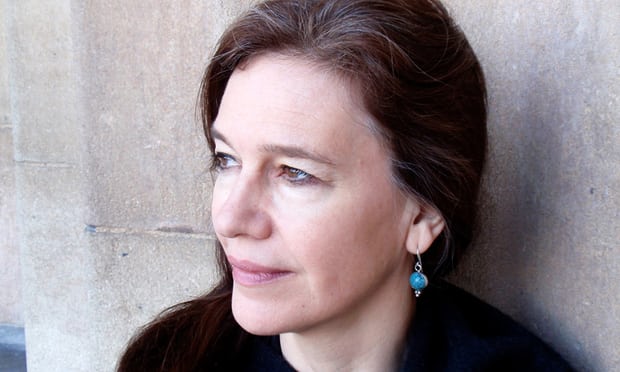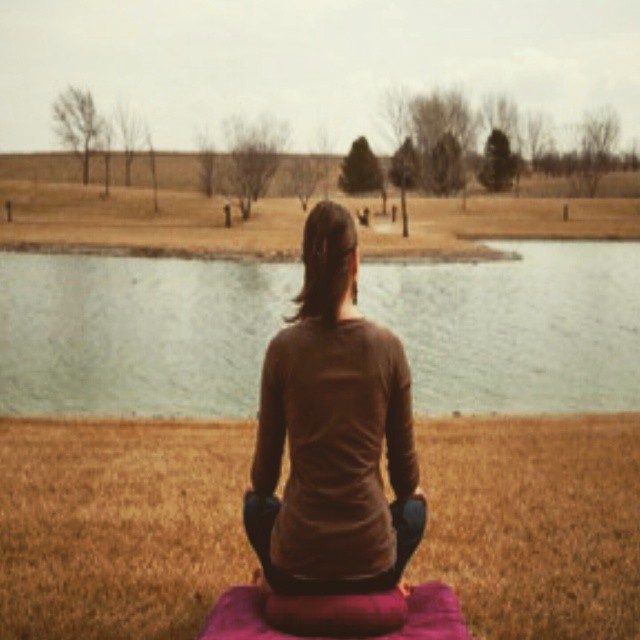
Books and Novels included:
“Homegoing” by Yaa Gyasi
“The Painted Drum” by Louise Erdrich
“Exit West” by Moshin Hamid
“The Song Poet” by Kao Kalia Yang
“Pure” by Linda Kay Klein
“The Future Home of the Living God” by Louise Erdrich
Wow! It is already mid-April, almost one third of the way through the new year. I wanted to take a moment to reflect and review some of the incredible novels and books I’ve read this past year. A group of friends and I started a monthly book club in the beginning of 2018. It’s been a great way to motivate me to keep reading and been so awesome to be able to process afterwards with some good company. The majority of the books listed below I read alongside my group of friends, but a few I read on my own. Take a look at my brief snapshot reviews of them:
“Homegoing” by Yaa Gyasi
I never read a book before quite like “Homegoing”. This author recounts stories of two half-sisters across a span of 7 generations and chronicles each ancestor’s life and how the smallest of circumstances changed the course of their realities. At times this book can be pretty graphic, so I found it incredibly helpful to read in small sittings usually just one chapter at a time. From recounting the details of being sold into slavery and surviving the Middle Passage to life on the plantations and Jim Crow up to present day she tells the stories of her two main characters’ families in a way that is so compelling, heart-breaking and unflinchingly honest in its portrayal of black life. The amount of research the author must have done in order to write from the perspective of people over 300 years ago in Sub-Saharan and West Africa to present day was simply astounding. Definitely a worth-while read.
“The Painted Drum” by Louise Erdrich
This is one of my favorites by Louise Erdrich. I read it back in 2017 for the first time and have reread it two times since. The story begins in present day New England when the main character comes upon a painted drum while appraising an estate and decides to keep it for herself. While tracing the journey of a Native family’s sacred drum and the powerful role it plays, she interweaves the stories of multiple related characters spanning generations of family while exploring themes of love, loss and redemption. As I said earlier, this is one of my favorites by Erdrich.
“Exit West” by Mohsin Hamid
This novel was such an interesting read for me. It jumps back and forth between multiple stories across the globe and by doing so is able to take a kind of birds-eye view on the effects of nationalism, war and violence. As one of my friends put it, “(this book is) an analysis of the psychological effects of migration.” I won’t give too much away, but this author chooses the metaphor of a sovereign nation’s border to be presented as a literal door or gateway entrance one can walk through. The main characters are constantly moving through these doors in between countries so it allows the reader to focus on the emotional experience as well as the power dynamics of those being forced to leave, and of those guarding their entries. What I enjoyed about this book was that Hamid ends it in an unexpected way, but still leaves you incredibly satisfied and hopeful.
“Pure” by Linda Kay Klein
Linda Kay Klein dives deep in this book into the world of purity culture and examines the damaging effects evangelical Christianity and American culture at large has had in shaping young woman’s self-esteem and sexual identity. Kay Klein conducts dozens of interviews that are shared in this book from people of all walks of life who have been impacted by purity culture or evangelical churches’ messaging about sex and sexuality. She shares research on the public policy during the mid to late ’90’s that drove the funding for more conservative messaging around sex education and demystifies the notion that it should be considered healthy or normal. What I love about this book is that you don’t have to come from an evangelical Christian–or even Christian– background to relate to what she writes about. For Kay Klein it’s clear this topic is personal; at the end she shares how her expression of her faith has changed and evolved through her research. A very interesting read for anyone interested in the evangelical church’s influence on young woman coming of age in the mid to late 90’s and its impact today.
“The Song Poet” by Kao Kalia Yang
Kao Kalia Yang is a force to be reckoned with. It was just announced this past week that the story of “The Song Poet” is being made into an opera at the Minnesota Opera . If you have read Yang’s other nonfiction work, “The Late Homecomer”, then this may not come as a surprise to you. Her lyrical and poetic style of writing is par none. This book is written from the point of view of her father, from when he was a young boy before the Vietnam war and traces his journey through his songs he shares as a young father with his children (one of them being the author). Yang’s work is emotionally compelling; she writes from perspective of her father and interweaves the songs he sang throughout his life, chronicling the hopes and challenges of coming of age as a young man learning how to tell his own story, his family’s, and that of the Hmong people. A must read.
“The Future Home of the Living God” by Louise Erdrich
I wrote a blog post last winter about this one, so I won’t go into the details. Check out my prior post for my thoughts on this one!B

